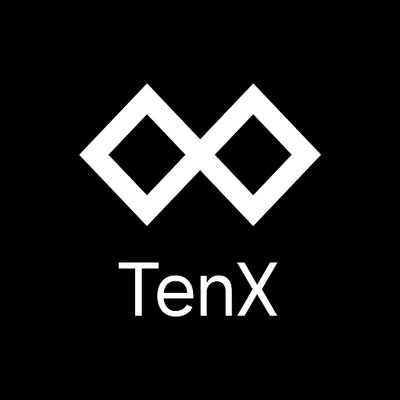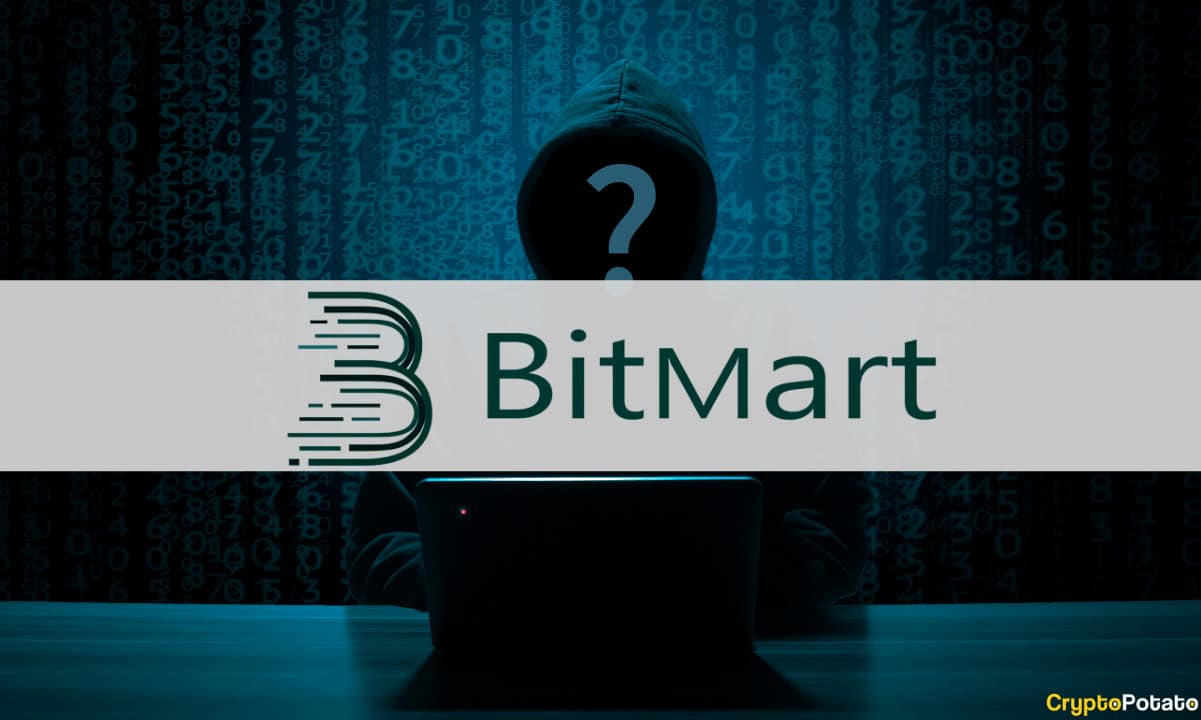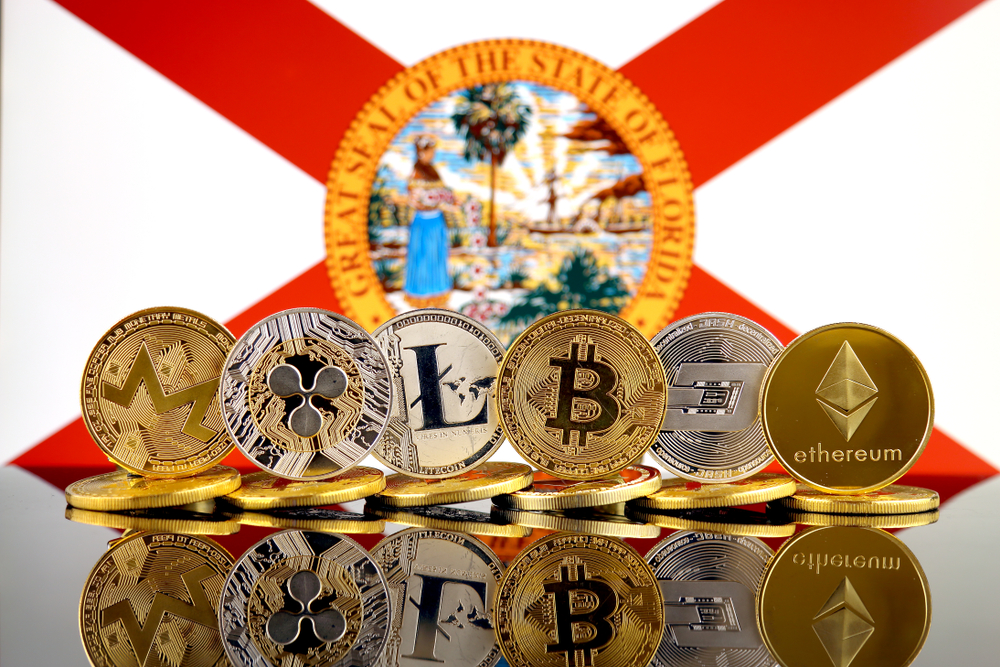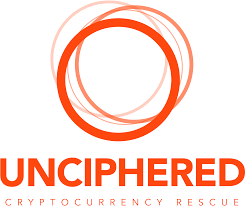TenX is a blockchain project that wants to make cryptocurrencies and the perks of blockchain technology more accessible to the general public. The project’s main selling point is the TenX Card, a debit card that is tied to TenX’s mobile wallet app which supports BTC, ETH, DASH, and LTC. TenX has card issuance partnerships with several major credit card companies and can serve its users in almost 200 countries at over 36 million points of acceptance. Its payment facilities will include a physical and virtual debit card.
Furthermore, the TenX platform will enable users and businesses to seamlessly exchange their blockchain assets from one account to another in a decentralized manner, removing the risk usually associated with existing centralized solutions.
TenX was founded in Singapore in 2015. Its core members include Toby Hoenisch, CEO; Michael Sperk, CTO; Paul Kittiwong, COO; Julian Hosp, CVO; Chris Miess, CFO; Warren Goh, Product & User Experience; Bettina Schmidt, CHO; Tuhina Singh, Blockchain Developer; and U-zyn Chua, Blockchain Developer.
How TenX Works
TenX is offering its users easy access to a range of blockchain assets while adhering to the highest security standards in the ecosystem. The platform will leverage a cryptographically-secure off-chain transaction network called the COMIT network to connect blockchains and allow TenX users to use their blockchain assets in real-time in the real world.
TenX chose the COMIT network because it adds value to individual blockchains by creating connectivity between them, just like how the internet added value by creating connectivity between local intranets. The COMIT network is essentially the internet of blockchains. Check out COMIT’s white paper for more technical details.
TenX Wallet App
The TenX wallet is a multi-asset mobile wallet that enables users to spend their cryptocurrencies through their smartphone at over 36 million points of acceptance around the world.
A user’s cryptocurrency will only be converted into a fiat currency when a transaction happens. Conversions will be conducted in real-time and users can choose between different cryptocurrencies in their wallet as the source of payment.
Users can conveniently convert whatever blockchain assets they have from one to another (BTC to ETH, DASH to BTC, etc.) using the wallet. The wallet app will also allow users to withdraw their assets and transfer them to another crypto wallet without incurring any fees. The TenX wallet app is available on Android and iOS.
Benefits of the TenX Wallet App
Multi-Asset Support – At launch, the wallet app supported BTC, ETH, and DASH. TenX plans to add support for several blockchain assets in the future, with the eventual goal of supporting every asset on the market.
Stored Assets Remain as Cryptocurrencies – Any cryptocurrencies deposited into the wallet app won’t be converted into fiat until a transaction is initiated by the owner.
Fair Foreign Exchange Rates and Transaction Fees – TenX gives its users the best available foreign exchange rate and reasonably low transaction fees. It has no additional or hidden fees.
Decentralized and Trustless Storage – The private key for TenX wallets are secured via an industry-standard hot and cold storage solution. Users will be able to store their own private keys once the wallet is directly linked to the COMIT network.
Access to Millions of Points of Acceptance – TenX can be used at over 36 million points of acceptance in 190+ countries.
Incentive Rewards for Every Purchase – Users can earn a 0.1% reward for every purchase they make. The incentive reward, which is paid out in TenX’s native cryptocurrency (PAY), will initially be transferred to users on a monthly basis. TenX plans to distribute the reward more frequently in the future.
TenX Card
TenX is offering a physical and virtual crypto debit card. Users can order the TenX card using the TenX wallet app. The physical card costs a one-time fee of $15, while the virtual card will cost $1.50 to activate.
TenX will charge a $10 annual fee for its cards. The fee is waived if a user spends more than $1,000 in a year. There’s also an additional $2.50 fee for every ATM transaction. TenX won’t charge a conversion fee on transactions made using the card.
Using Visa as a payment processor means TenX will be able to confirm thousands of transactions per second, enabling it to circumvent the scalability problems that are preventing cryptocurrencies like ETH and BTC to reach their full potential.
Users of the TenX card will receive 0.1% from each transaction made with the card. The system will be similar to how frequent fliers earn air-miles or other forms of cash back for card use. These incentive payments, which will be in PAY tokens, will initially happen on a monthly basis. TenX hopes this recurring redistribution of PAY will create an additional demand for tokens in the market.
Benefits of the TenX Card
Make Withdrawals from Any ATM – TenX card holders can convert their crypto into fiat currency and make withdrawals at millions of ATMs around the world. Users receive a notification whenever the card is used.
Multi-Asset Support – The TenX card works together with the TenX wallet app. Users can store several crypto assets in their wallet and spend them using the card.
Two-Factor Authentication – Users can choose to lock and unlock their card through the app, making TenX card much more secure than traditional card systems.
Fast Transaction Throughput – With Visa as its payment processor, the TenX card network will be able to handle thousands of transactions per second.
The release of the TenX card has been delayed multiple times. TenX initially planned to release working cards in Q1 2018, but the release date was postponed indefinitely after TenX’s card supplier, Wavecrest, lost its card-issuing license.
TenX announced in August 2018 that the final card design has been approved and that physical cards were ready to be shipped. The cards will first be rolled out to users in Singapore, where the company is based, before expanding to the Asia-Pacific region, and then the European market. The company hasn’t given a new ETA for card delivery.
TenX vs. Other Blockchain Projects
TenX isn’t the first blockchain project to propose using crypto debit cards as a way to make cryptocurrencies and the benefits of the blockchain more accessible to the general public. WireX, Xapo, Centra, TokenCard, and Monaco all have more or less similar goals.
However, TenX has the largest market cap out of all the crypto card projects, and that gives it an edge. It’s also unique in its implementation of the COMIT network as way of connecting multiple blockchains. Whether or not the COMIT infrastructure will be able to handle TenX’s potential throughput remains to be seen.
PAY Token
TenX launched a native cryptocurrency called PAY to fund the addition of different cryptocurrencies tokens on the platform. A significant portion of the funds will also be used to finalize and establish the COMIT network, which will be the backbone of the network.
PAY holders will receive 0.5% of the aggregate payment volume that is spent by all users with the TenX card every month. The payments will be in ETH. TenX is working to give out the rewards in shorter periods of time.
PAY Trading Volume, Pricing and Market Cap
PAY was launched in a token sale held from June to July 2017. The total available supply is capped at 205,218,256 PAY. The tokens are distributed as follows:
– 51% of the available supply was issued for purchase by the public during the ICO. Any tokens not sold in the ICO will be reserved for future token sales.
– 29% is held by TenX and will be used for business development, community initiatives, market expansion, and more.
– 20% is held by the founders, employees, and early investors.
Just a little over half the total supply (109 million PAY) is already in circulation. The price of PAY didn’t experience any major changes until September 2017, when it rose to an all-time high of $5.33 USD with a market cap of $557 million USD. Its value has since fallen and now hovers at $0.05 USD, which is less than the post-ICO price. PAY’s price will likely go back up once the TenX card is finally delivered to registered users.
Buying, Storing and Selling PAY
PAY can be acquired from Bit-Z, BitBay, Bittrex, Bithumb, Cryptopia, Cobinhood, Gate.io, EtherDelta, Huobi, HitBTC, IDEX, Kyber Network, Kucoin, LATOKEN, Livecoin, Liqui, Neraex, OKEx, Upbit, and Vebitcoin.
PAY is an ERC20 token, which means it can be stored in Ethereum wallets like Jaxx, MyEtherWallet, imToken, Exodus, Parity, MetaMask, and Mist. The Ledger Nano S and Trezor are good hardware wallet options.
PLEASE NOTE: the TenX mobile wallet app does not yet support ERC20 tokens and it currently can’t be used to store PAY tokens. Any ERC20 tokens sent to the wallet app will be permanently lost.
Liquidity of PAY
PAY has okay liquidity and a decent 24-hour trade volume on exchanges like OKEx and LATOKEN. TenX has delayed delivering TenX cards several times now and that has somewhat damped investor confidence. Interest will likely pick up once the TenX developers start to deliver on their promises.








